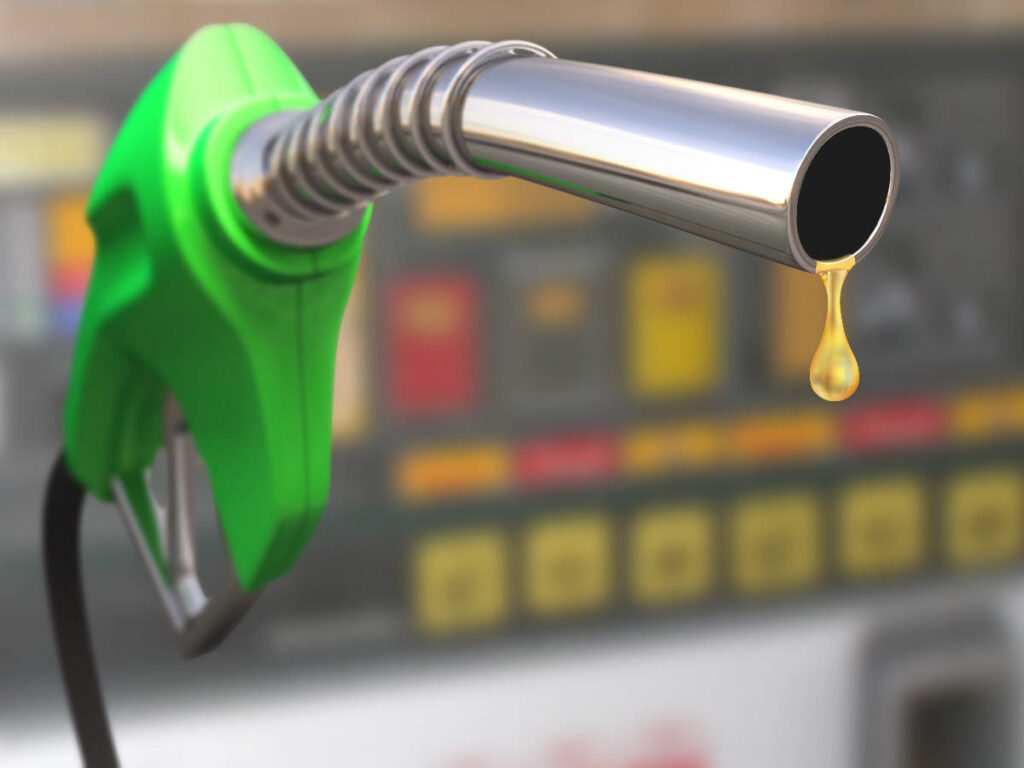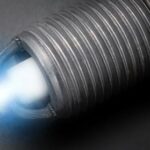What is Cetane Number? How rating of fuels used in C. I. Engines (Compression Ignition Engines) is done using Cetane number and other parameters?
The knocking tendency is also found in compression ignition (C. I.) engines with an effect similar to that of S. I. engines, but it is due to a different phenomenon. The knock in C. I. engines is due to sudden ignition and abnormally rapid combustion of accumulated fuel in the combustion chamber. Such a situation occurs because of an ignition lag in the combustion of the fuel between the time of injection and the actual burning.
The property of ignition lag is generally measured in terms of cetane number. It is defined as the percentage, by volume, of cetane in a mixture of cetane and alpha-methyl-naphthalene that produces the same ignition lag as the fuel being tested, in the same engine and under the same operating conditions. For example, a fuel of cetane number 50 has the same ignition quality as a mixture of 50 percent cetane and 50 percent alpha-methyl-naphthalene.
The cetane which is a straight chain paraffin with good ignition quality is assigned a cetane number of 100 and alpha methyl-naphthalene which is a hydrocarbon with poor ignition quality, is assigned a zero cetane number.
Notes:
1. The knocking in C. I. engines may be controlled by decreasing ignition lag. The shorter the ignition lag, the lesser is the tendency to knock.
2. The cetane number of diesel oil, generally available, is 40 to 55.


